Understanding the Differences: Artificial Intelligence vs. Machine Learning
Understanding the Differences: Artificial Intelligence vs. Machine Learning
Artificial intelligence (AI) and machine learning (ML) are two terms that are often used interchangeably, but they encompass different dimensions of technology. Given my background in AI and machine learning from Harvard University and my professional experience, including my work on machine learning algorithms for self-driving robots, I want to delve deeper into the distinctions and interconnections between AI and ML.
Defining Artificial Intelligence and Machine Learning
To begin, it’s essential to define these terms clearly. AI can be broadly described as systems or machines that mimic human intelligence to perform tasks, thereby matching or exceeding human capabilities. This encompasses the ability to discover new information, infer from gathered data, and reason logically.
Machine learning, on the other hand, is a subset of AI. It focuses on making predictions or decisions based on data through sophisticated forms of statistical analysis. Unlike traditional programming, where explicit instructions are coded, ML systems learn from data, enhancing their performance over time. This learning can be supervised or unsupervised, with supervised learning involving labeled data and human oversight, while unsupervised learning functions independently to find patterns in unstructured data.
The Role of Deep Learning
Within machine learning, deep learning (DL) takes a specialized role. Deep learning utilizes neural networks with multiple layers (hence ‘deep’) to model complex patterns in data, similar to how the human brain processes information. Despite its name, deep learning doesn’t always make its processes explicitly clear. The outcome might be insightful, but the derivation of these results can sometimes be opaque, leading to debates on the reliability of these systems.
Venn Diagram Perspective: AI, ML, and DL
To provide a clearer picture, envision a Venn diagram. At the broadest level, we have AI, encompassing all forms of artificial intelligence. Within this set, there is ML, which includes systems that learn from data. A further subset within ML is DL, which specializes in using multiple neural network layers to process intricate data structures.
Furthermore, AI also includes other areas such as:
- Natural Language Processing (NLP): Enabling machines to understand and interpret human language
- Computer Vision: Allowing machines to see and process visual information
- Text-to-Speech: Transforming written text into spoken words
- Robotics: Integrating motion and perception capabilities
Real-world Applications and Ethical Considerations
The landscape of AI and its subsets spans various industries. For example, in my consulting firm, DBGM Consulting, we leverage AI in process automation, multi-cloud deployments, and legacy infrastructure management. The technological advances facilitated by AI and ML are profound, impacting diverse fields from healthcare to automotive industry.
However, ethical considerations must guide AI’s progression. Transparency in AI decisions, data privacy, and the potential biases in AI algorithms are critical issues that need addressing. As highlighted in my previous article on The Future of Self-Driving Cars and AI Integration, self-driving vehicles are a prime example where ethical frameworks are as essential as technological breakthroughs.
<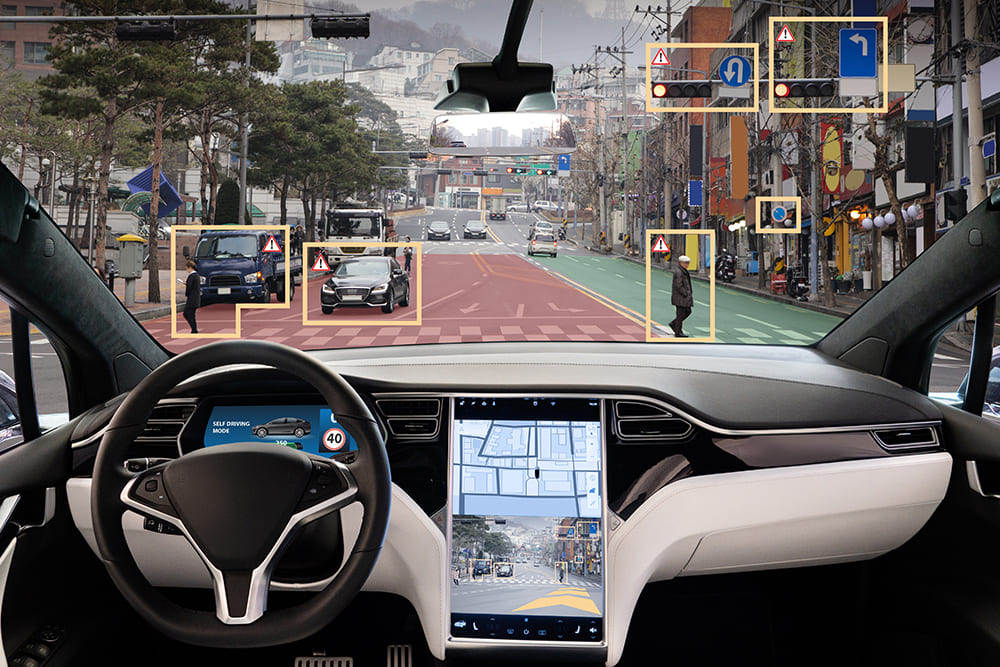 >
>
Conclusion: Embracing the Nuances of AI and ML
The relationship between AI and ML is integral yet distinct. Understanding these differences is crucial for anyone involved in the development or application of these technologies. As we navigate through this evolving landscape, it’s vital to remain optimistic but cautious, ensuring that technological advancements are ethically sound and beneficial to society.
The conceptual clarity provided by viewing AI as a superset encompassing ML and DL can guide future developments and applications in more structured ways. Whether you’re developing ML models or exploring broader AI applications, acknowledging these nuances can significantly impact the efficacy and ethical compliance of your projects.
<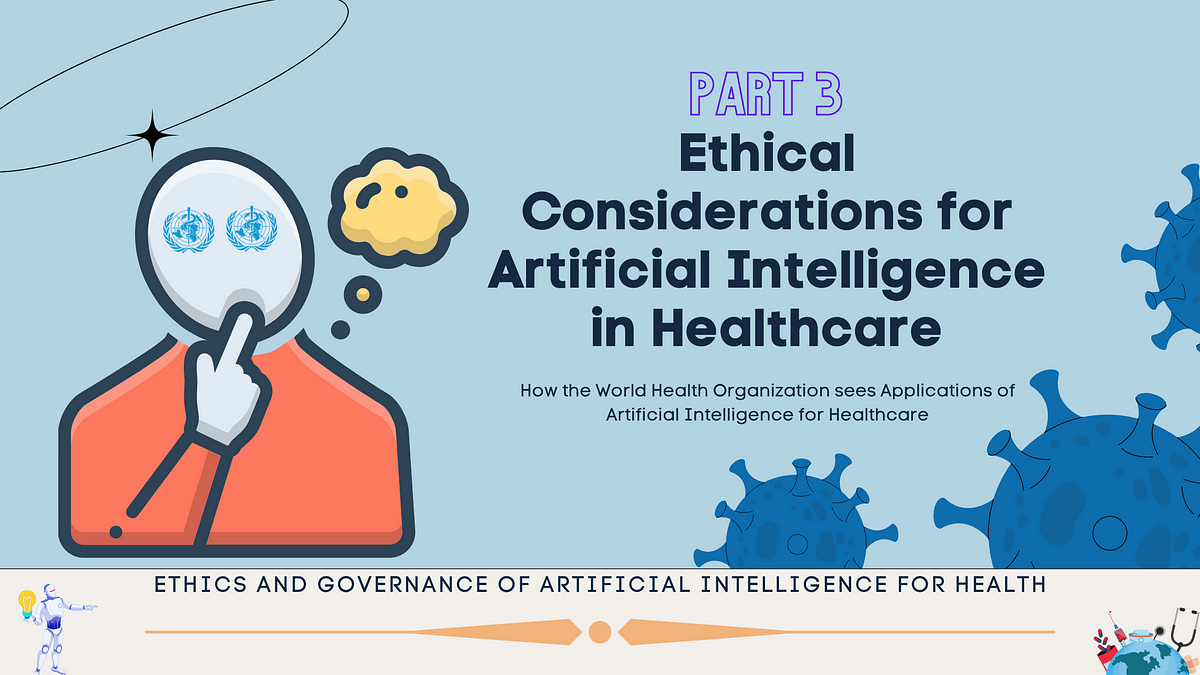 >
>
Related Articles
For more insights on artificial intelligence and machine learning, consider exploring some of my previous articles:
- The Art of Debugging Machine Learning Algorithms: Insights and Best Practices
- Debunking the Hype: Artificial General Intelligence by 2027?
<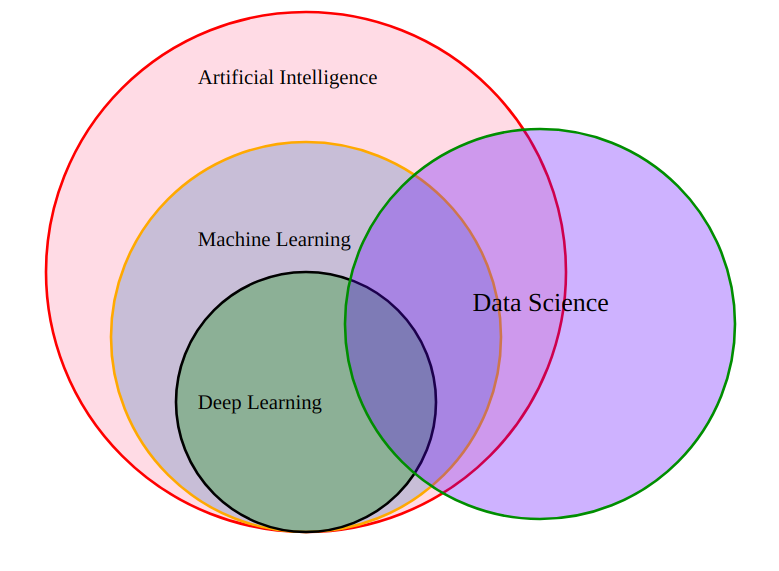 >
>
<
>
Focus Keyphrase: Artificial Intelligence vs. Machine Learning
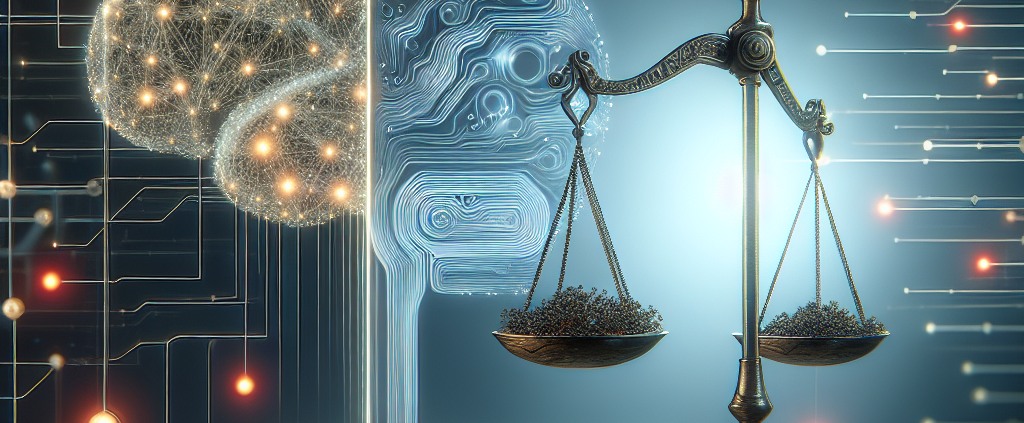


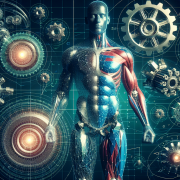
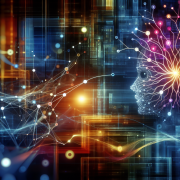
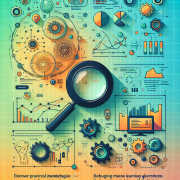



As someone who is somewhat skeptical about AI’s direction, this article was enlightening. I now have a clearer understanding of the nuances between AI and ML. The ethical considerations you highlighted are particularly significant. Thanks for sharing your expertise, David.
In this article, I aimed to demystify the distinctions between artificial intelligence and machine learning. My goal is to provide clarity for anyone working in or interested in these technologies, emphasizing both their potentials and ethical considerations. Understanding these differences and their applications can significantly influence your projects’ success.